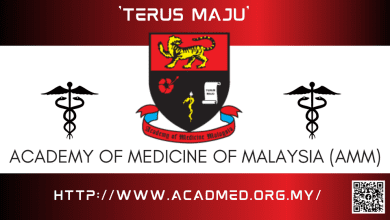By Dr S.S. Gill
In our continuing series on Eye Health, Fatimah Hospital’s Consultant Eye Surgeon Dr S.S. GILL talks to us about DENGUE and how it can affect the eyes.
According to the World Health Organization (WHO), the cumulative number of reported cases of Dengue in Malaysia as of 2 March 2019 was 26,545 cases, which is 157% higher compared to 10,343 cases reported during the same period in 2018. (Ref: WHO Dengue Situation Update Number 564, dated 14 March 2019).
Dengue has been on the rise in Perak with a total of 633 dengue cases recorded compared to 521 cases for the same period last year. (Read: Dengue On The Rise, Ipoh Echo, Sat 15 March 2019).
It is common knowledge that the infection is spread by the mosquito and to be more precise the Aedes aegypti one. The illness starts acutely with general symptoms of fever, headache, pain behind the eyeballs especially when the eyeballs move, severe muscle and joint ache along with exhaustion. Hence, it is often called “breakbone fever” because of the severity of muscle and joint ache.
Dengue Haemorrhagic Fever is the more severe variety that results in internal bleeding that occurs everywhere from the skin (forming a characteristic rash of bleeding under the skin called petechiae), bleeding into the brain, gut, nose and gums of the teeth.
The most severe form is called Dengue Shock Syndrome. This is the most life-threatening. There are currently four different serotypes of dengue, which means there are four different “cousins” amongst the virus. An attack of dengue from one virus serotype gives you a lifetime immunity to that one serotype only. There is a broad spectrum of eye features that may occur as a result of dengue fever. Among them are:
- VASCULITIS: Inflammation of the small vessels at the back of the eye (retina). The vision is most affected if the vasculitis is adjacent to the macular area.
- ANTERIOR UVEITIS: This is inflammation in the pigmented part of the eye resulting in features of photophobia (inability to tolerate light) and also blurring vision.
- MACULAR OEDEMA: A swelling at the central portion of the retina (nerve centre). The person may see a dark patch in the centre of their vision (central scotoma).
- MACULAR HAEMORRHAGE: Is bleeding that occurs in the same area of the retina. This too may result in a similar symptom as Macular Oedema, albeit more severe.
- EXUDATIVE RETINAL DETACHMENT: Thankfully, this is not that common as the first three. Should this occur, treatment is not the same as retinal detachment due to a retinal tear.




